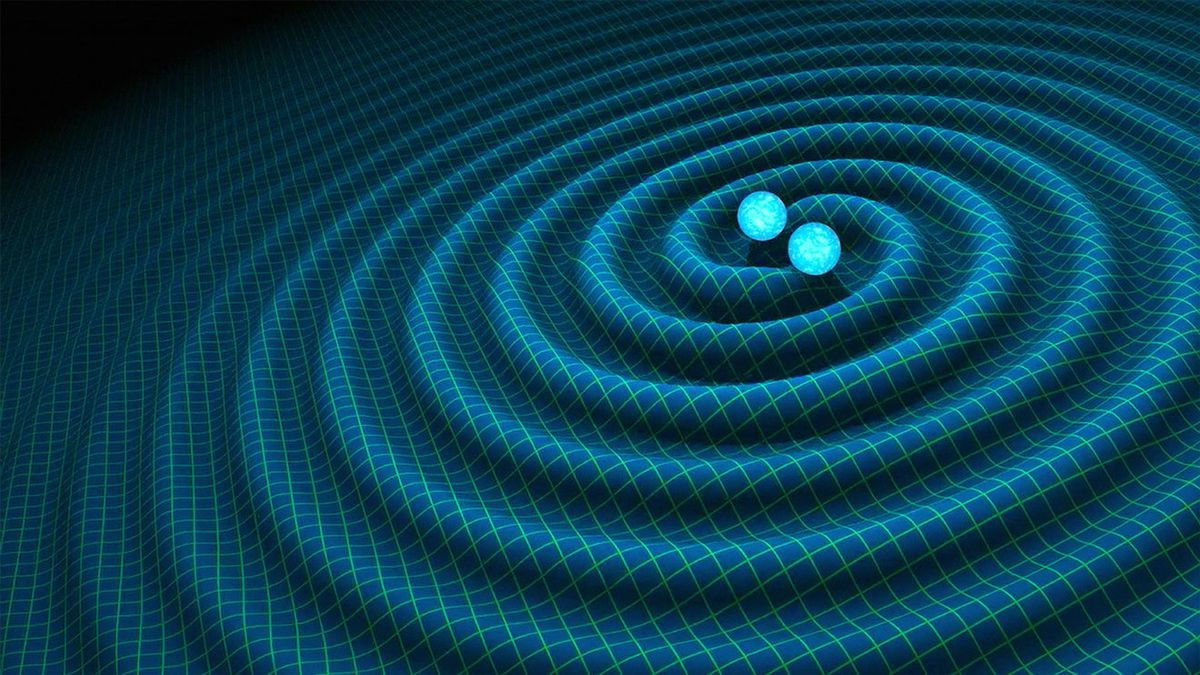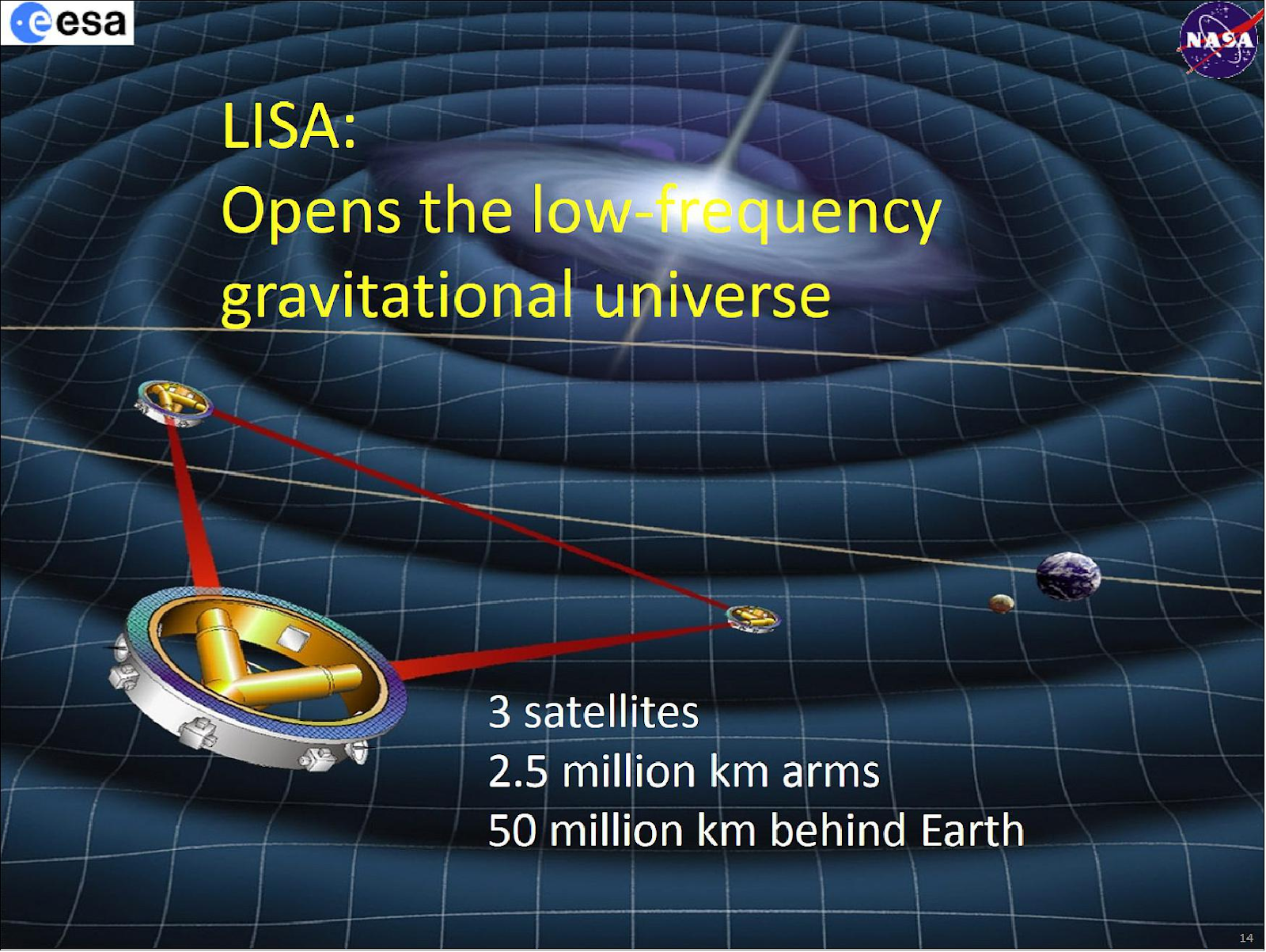- Courses
- GS Full Course 1 Year
- GS Full Course 2 Year
- GS Full Course 3 Year
- GS Full Course Till Selection
- Online Program
- GS Recorded Course
- NCERT (Recorded 500+ Hours)
- Polity Recorded Course
- Geography Recorded Course
- Economy Recorded Course
- AMAC Recorded Course
- Modern India, Post Independence & World History
- Environment Recoded Course
- Governance Recoded Course
- Science & Tech. Recoded Course
- International Relations and Internal Security Recorded Course
- Disaster Management Module Course
- Ethics Recoded Course
- Essay Recoded Course
- Current Affairs Recoded Course
- CSAT
- 5 LAYERED ARJUNA Mentorship
- Public Administration Optional
- ABOUT US
- OUR TOPPERS
- TEST SERIES
- FREE STUDY MATERIAL
- VIDEOS
- CONTACT US
NASA Reveals 1st Look at Six Telescopes for Gravitational Wave Detection
NASA Reveals 1st Look at Six Telescopes for Gravitational Wave Detection
06-11-2024

- In Oct 2024, NASA introduced the first full-scale prototype of 6 telescopes aimed at detecting gravitational waves.
- This project is part of the Laser Interferometer Space Antenna (LISA) mission, a collaboration with the European Space Agency (ESA), set to launch in the mid-2030s.
What are Gravitational Waves?

- Gravitational waves are ripples in spacetime caused by massive objects accelerating through space.
- Prediction: They were first predicted by Albert Einstein in 1915 as part of his theory of general relativity.
Causes of Gravitational Waves
Gravitational waves originate from:
- Collisions of black holes
- Neutron star mergers
- Explosions of massive stars (supernovae)
Characteristics
- Speed: Gravitational waves travel at the speed of light.
- Interaction: They interact minimally with matter, allowing them to travel vast distances while preserving their original signatures.
Overview of the LISA Mission
- The primary goal is to detect and study gravitational waves to enhance our understanding of black holes and the universe's expansion.
- LISA will be the first gravitational wave detector deployed in space, representing a significant leap in astrophysics.
Design and Configuration
- LISA will consist of 3 spacecraft in a triangular formation, with each side measuring about 1.6 million miles (approximately 2.5 million km).
- Orbit: The spacecraft will operate in a heliocentric orbit, approximately 50 million km from Earth.
Detection Mechanism

- LISA has 3 satellites in a triangle formation, spaced about 2.5 million kilometers apart.
- Laser Beams: Each satellite sends laser beams to the others, creating an interference pattern based on the light waves.
- Gravitational Waves: When a gravitational wave passes through, it changes the distances between the satellites, stretching and compressing space.
- Measuring Changes: The satellites detect tiny changes in the time it takes for the laser beams to travel between them.
- Scientists analyze this data to find the signals of gravitational waves from cosmic events like black hole mergers.
Technical Details of the Telescopes:
This prototype, created by L3Harris Technologies in Rochester, New York, guides the development of the final hardware.
Material and Design

- Primary Mirror: Features a gold coating to enhance infrared laser reflection and minimize heat loss.
- Construction Material: Made entirely from Zerodur, a glass-ceramic known for exceptional thermal stability, ensuring precise shape maintenance across varying temperatures.
Sensitivity and Capabilities
- LISA will have unprecedented sensitivity to detect gravitational waves down to picometer scales (trillionths of a meter).
- This sensitivity will enhance traditional astronomical observations and expand our understanding of cosmic phenomena.
Implications of the LISA Mission
- LISA aims to revolutionize our understanding of fundamental physics, gravity, and black holes.
- Cosmic Insights: The mission will investigate the universe's expansion rate, providing deeper insights into cosmic dynamics.
In conclusion, NASA's LISA mission marks a significant advancement in space exploration and astrophysics. The development of telescope prototypes signals progress toward detecting gravitational waves, enhancing our understanding of the universe's mysteries. As the mission prepares for its launch in the mid-2030s, it promises to deliver unprecedented insights into the fundamental nature of space and time.
Must Check: Best IAS Coaching In Delhi
UPSC Prelims Result 2024 Out: Expected Cut Off & Other Details, UPSC Prelims 2024 Answer with Explanation, Daily Prelims Quiz, Daily Current Affairs, MONTHLY CURRENT AFFAIRS TOTAL (CAT) MAGAZINE, Best IAS Coaching Institute in Karol Bagh, Best IAS Coaching Institute in Delhi, Daily Mains Question Answer Practice, ENSURE IAS UPSC Toppers, UPSC Toppers Marksheet, Previous Year Interview Questions, UPSC Syllabus




